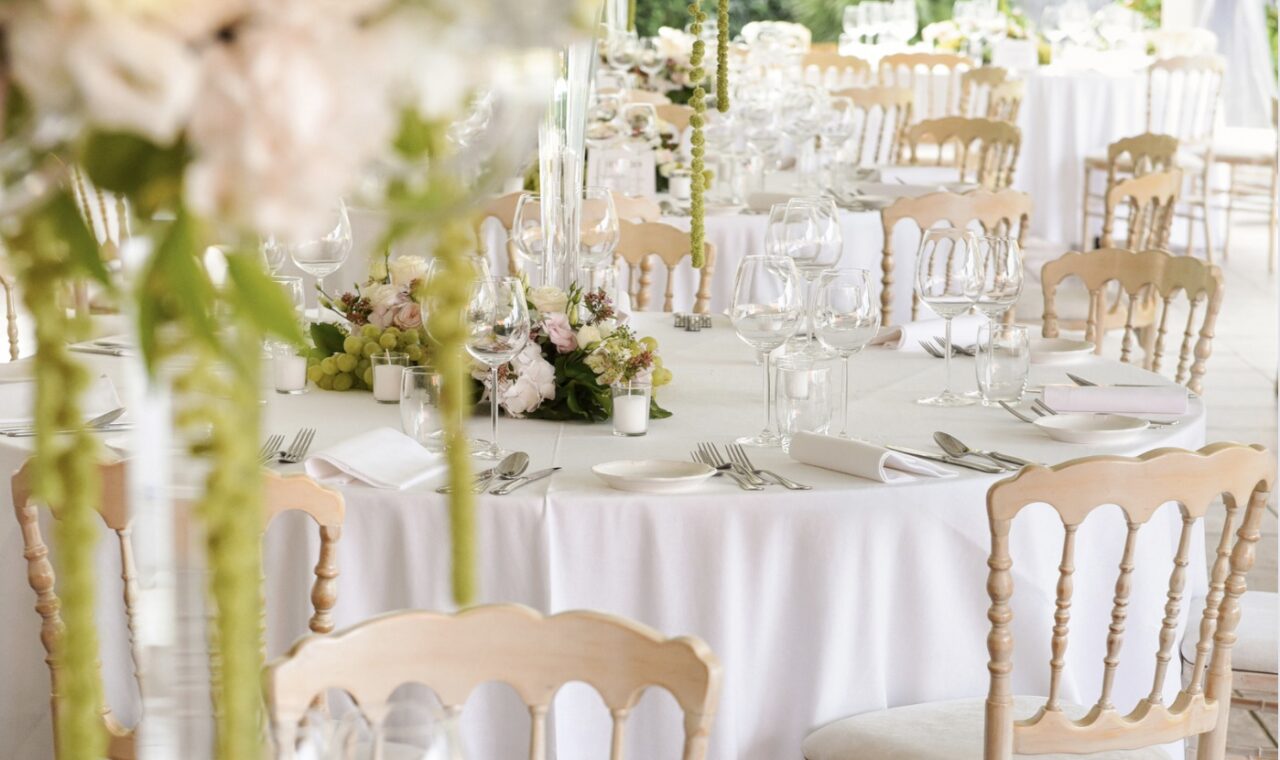When it comes to event planning, nothing freaks you out more than handling seating arrangements. Getting the seating right is important for creating a comfortable and enjoyable experience for your guests. Especially when certain people are better off sitting at different tables. Let’s walk you through the art of handling seating arrangements with efficiency.
Start Early and Gather Information
The key to successful seating arrangements is preparation. As soon as you have your guest list and RSVPs, start organizing your seating plan. Collect as much information as possible about your guests, including dietary preferences, special needs and any potential conflicts to avoid (hello divorced aunt and uncle).
Create a Floor Plan
Before you can start assigning seats, create a floor plan of your venue. This helps to visualize the layout and decide which is the best seating option. Consider factors like the size and shape of tables, dance floors and the stage if there’s entertainment.
Group Guests Thoughtfully
Group guests strategically by considering their interests, relationships and vibe. At a wedding, you might group college friends together or make sure that family members are seated at the same table. Balancing personalities and avoiding potential conflicts should be a top priority.
Assign Seats or Use Open Seating
Decide whether you want to assign specific seats or offer open seating. Assigning seats can be very helpful for formal events, because guests will know where to go. Open seating can be more relaxed and perfect for casual gatherings or when you want to encourage mingling.
Use Seating Tools and Software
There are various online tools and software applications designed for creating seating arrangements. They allow you to experiment with different layouts, drag-and-drop guests, and easily make changes. Some even provide recommendations based on your guest list and preferences. A very populair one is Aisle Planner.
Consider Guest Needs
Be attentive to your guests’ needs and preferences. If you have guests with dietary restrictions, seat them with others who share the same dietary requirements. Keep in mind accessibility for guests with mobility issues or special seating arrangements for elderly guests or children.
Create a Seating Arrangements Chart
Once you’ve sorted out the seating plan, create a seating chart or place cards for your event. These should be placed prominently near the entrance, so guests can quickly find their assigned seats. Make sure the chart is clear and easy to read.
Have a Contingency Plan
No seating arrangement is perfect, and you should be prepared to handle last-minute changes or unforeseen issues. Have a contingency plan in place for dealing with late RSVPs, unexpected cancellations or guests who decide to change seats.
Communicate Clearly
Before the event, communicate the seating plan to your guests. If you’ve assigned seats, let them know where to find their names on the seating chart or place cards. If it’s open seating, inform guests about the guidelines for choosing their seats.
Be Flexible with Seating
Events can be unpredictable, so be prepared to adapt to changing circumstances. You might need to rearrange tables or make on-the-spot adjustments to ensure everyone has a great experience.
Working with Seating Arrangements
Handling seating arrangements can be a challenging task, but with proper planning and thoughtful consideration, you can make every guest happy! Remember that it’s not just about where people sit but also about creating a vibe where your guests can socialize and relax.



